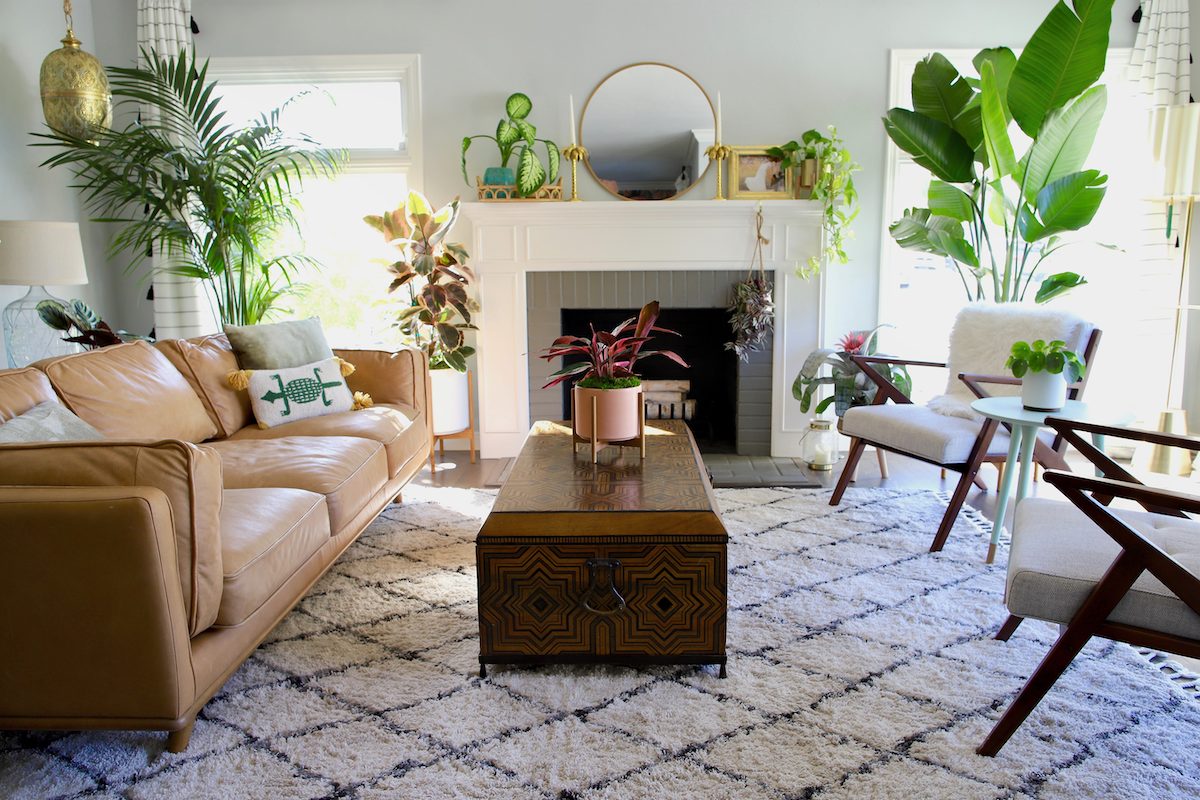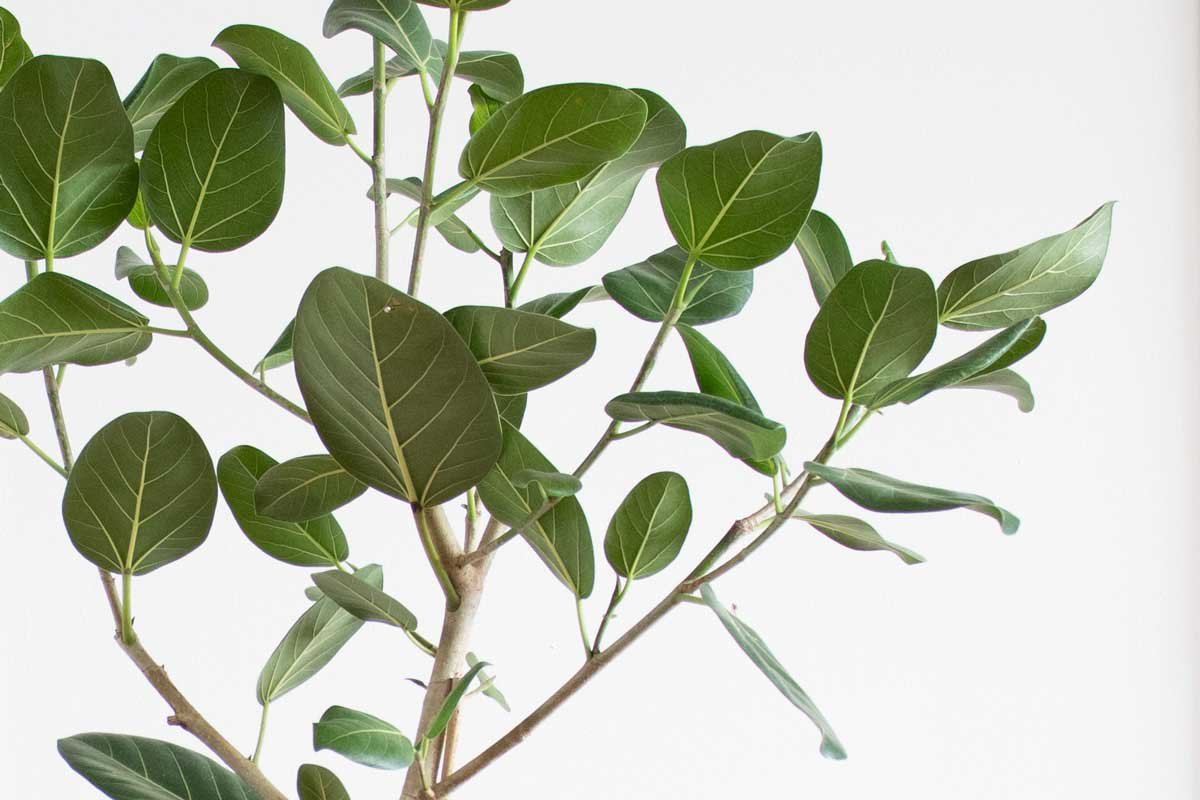The Most Likely Causes Behind Your Dying Plant
A Fiddle Leaf Fig with brown spots and leaves falling left and right. Can it be saved?!
So you’re dealing with a dying plant
We’ve all been there. Your plant is dying, it’s possibly not the first time, and you are distressed as to why this keeps happening.
Finding the root cause of why our plants die is crucial to becoming a better plant parent, and one who doesn’t make the same mistake twice! Learn about the factors that can cause an indoor plant to go south, and how to save dying plants in the future.
Common causes for dying plants
Let’s be real. There are dozens of different reasons your plant could be dying, but 99% of them fall into just a few categories. Let’s narrow them down:
Water. The number one way indoor plants die is by overwatering. While you may love your plant so much and feel inclined to shower it (literally) with love and water, know that most plants need to dry out a bit between waterings in order to thrive. Because overwatering is a quick way to kill your plant, it is always best to err on the side of underwatering, as unlike its opposite, it is pretty difficult to actually kill a plant by simply not watering it. The plant may not look happy, but most will hang on for quite a while with a bit of drought.
Light. This may seem obvious, but certain plants need a certain amount of light. If your plant isn’t getting the light it needs, it may lead to other problems like over watering (see above!) or a higher risk of getting pests (see below!). Be realistic when choosing the right plants for your space, and if you suspect your plant is unhappy due to its light conditions, move it to another space.
Pests. Pests like spider mites, mealy bugs, or scale can be a real pain when it comes to indoor plants, especially because we may not notice them until it’s too late. Keep a close eye for the following pests:
Mealy bugs. They make white cotton-like masses usually on the underside of leaves.
Spider mites. Too small for the naked eye to see, these pests will leave thin silky webs around your plants foliage and stems.
Scale. These may not look like they’re moving, but you will see them all the same as brown, hard-shelled insects that suck the nutrients from your plant’s leaves.
Nutrient deficiency. Though this is the least likely cause of plants dying or starting to die, it can lead to a sad looking plant over time. If your plant has not been repotted in many years, and/or if you do not fertilize regularly, your plant may have a nutrient deficiency. Consider repotting your plant to give it fresh soil (from which it gets lots of nutrients!) or incorporate a regular feeding routine with a gentle fertilizer like Boost Vitaminé.
How to save a dying plant
If you’ve found the cause of your dying plant, there may still be time to fix it.
Overwatering. Plants that have been severely overwatered may be suffering from root rot, and the only way to save a plant from root rot is repotting. Remove your plant from its pot, remove all the mushy, black roots, and wash the remaining healthy roots thoroughly with water. You may need to repot your plant in a smaller pot if there are not many roots left. Read our full guide on how to treat root rot here. You may also decide to cut off the healthy stems and propagate, using rooting hormone to encourage the growth of a new plant.
Pests. There are several solutions to saving a dying plant plagued with pests, but they may vary depending on what you’re treating for. Spider mites and their larvae can be washed away with a steady stream of water, and scale can be removed (painstakingly, one by one!) with alcohol and a q-tip. Very serious infestations may require insecticidal soap. As always, prevention is the best way to avoid pests, and we recommend using neem oil to keep the bugs at bay!
Becomming a successful plant parent
Successfully growing your indoor plants is all about keeping staying in tune with your plant and its needs. That means regularly checking on them (beyond simply watering!), learning as you go, and catching any issues or missteps before they become a serious problem. Rest assured that even the greenest of thumbs has killed a plant or two in their lives, and that by no means should you ever give up! Now go forth and keep those plants alive and thriving!
Indoor plants, potted & delivered
Premium plants paired with stylish ceramics, plus lifetime plant care support. Order online at leonandgeorge.com











